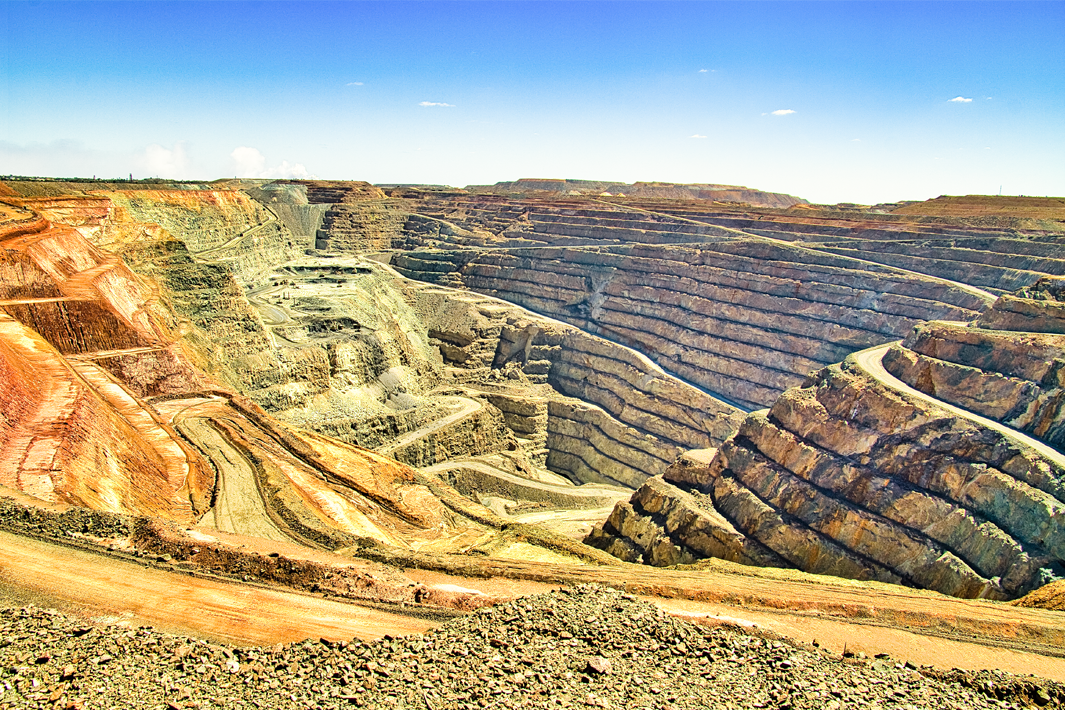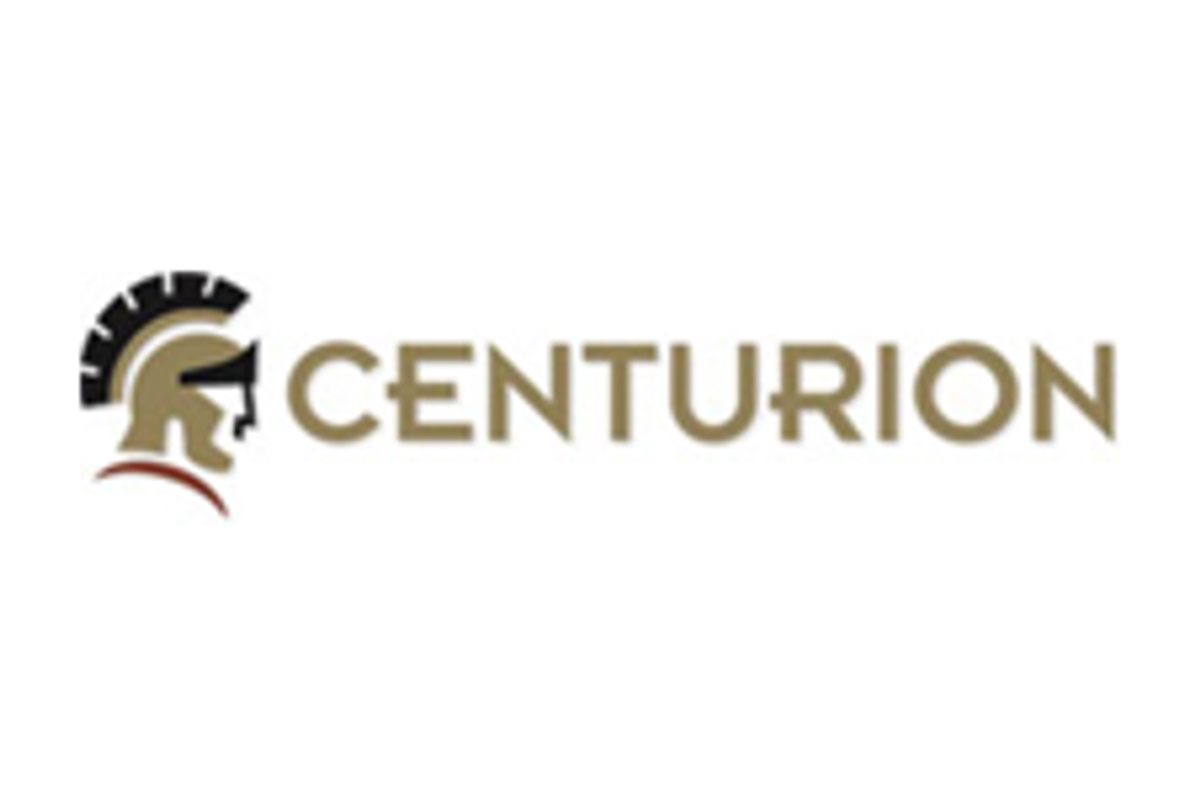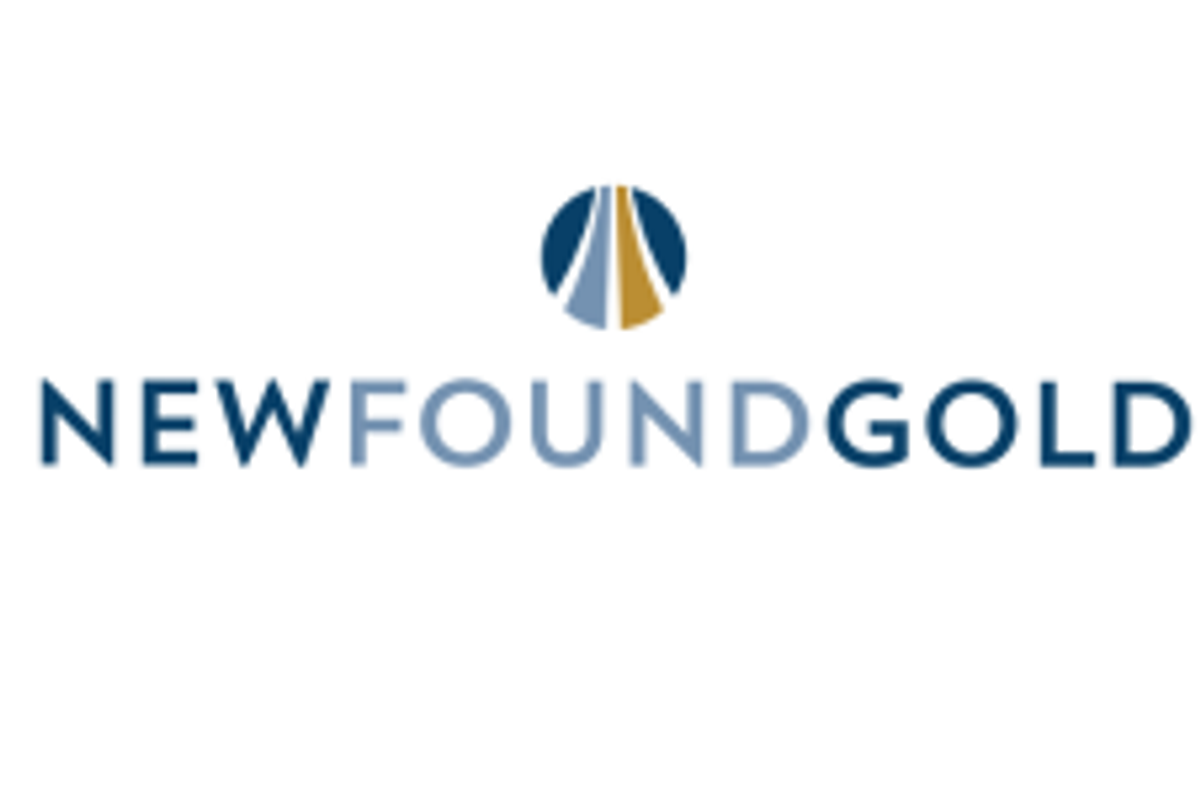
March 10, 2025
New Age Exploration (ASX: NAE) (NAE or the Company) is pleased to announce the successful completion of additional geophysical surveys at its highly prospective Wagyu Gold Project in the Pilbara, WA. The Passive Seismic (Tromino) and Ground Gravity surveys were conducted across the dry Yule River bed, facilitating a deeper understanding of the geological structures and linking data from both sides of the project area.
HIGHLIGHTS
- Completion of Passive Seismic and Ground Gravity surveys across the dry Yule River bed at the Wagyu Gold Project in Pilbara, WA
- Several new gravity anomalies have now been identified, which may indicate the presence of more gold-mineralised intrusions, similar to those intersected in 2024 aircore drilling
- Enhanced geological connectivity established by linking data from the east and west sides of the tenement
- Both geophysics surveys were completed with “zero impact” on this culturally sensitive area
- This is the third ground gravity survey and the second passive seismic survey to take place at the Wagyu Project, with previous surveys outside the river completed in April and May 2024
- Additional targets 8 and 10 confirmed on east side of the project from gravity survey
- 3000m of Reverse Circulation Drilling to commence imminently
- The Wagyu Project is located in the Central Pilbara’s fast-emerging gold region, adjoining De Grey Mining (ASX:DEG) tenure containing its ~11.2Moz1 Hemi Gold deposit
The Wagyu Gold Project, located within a fast-emerging gold mineralised corridor, represents a highly prospective Gold opportunity ~9km within the same mineralised trend as De Grey Mining’s (ASX:DEG) Hemi Gold Deposit containing ~11.2 Moz1 (refer to Figure 1) in the Central Pilbara.

The Hemi Gold Mineral Resource was last updated by De Grey Mining on 14 November 20241. The estimate is for 264Mt @ 1.3g/t Au for 11.2Moz, which can be broken down into 13Mt @ 1.4g/t for 0.6Moz, 149Mt @ 1.3g/t Au Indicated for 6.3 Moz, and 103Mt @ 1.3g/t Au for 4.3 Moz Inferred.
NAE confirms that it is not aware of any new information or data that materially affects the information included in De Grey’s reported Mineral Resources referenced in this market announcement. To NAE’s full knowledge, all material assumptions and technical parameters underpinning the estimates in the relevant market announcements continue to apply and have not materially changed.
NAE Executive Director Joshua Wellisch commented:
"The completion of these Geophysical Surveys and identification of new targets marks a pivotal step in our exploration efforts and stakeholder relations at Wagyu. With the support of the Kariyarra People, we have gathered data that links structures and anomalies across the tenement, providing a foundation of our geological understanding. We look forward to using these insights to unlock further potential at Wagyu in the lead up to the imminent 3000m RC Drill Programme.”
Geophysical Surveys and Geological Continuity
The Passive Seismic (Tromino) and Ground Gravity surveys at Wagyu have provided valuable data across the Yule River bed, enhancing the geological connectivity between the east and west portions of the tenement. The Passive Seismic survey, conducted at 200-meter intervals across nine lines, offers insights into bedrock continuity, while the Ground Gravity survey (Figure 4), with spacings of 200m x 200m and infill at 50m x 50m over specific targets, reveals density contrasts associated with mineralisation.
Click here for the full ASX Release
This article includes content from New Age Exploration Limited, licensed for the purpose of publishing on Investing News Australia. This article does not constitute financial product advice. It is your responsibility to perform proper due diligence before acting upon any information provided here. Please refer to our full disclaimer here.

Sign up to get your FREE
New Age Exploration Investor Kit
and hear about exciting investment opportunities.
- Corporate info
- Insights
- Growth strategies
- Upcoming projects
GET YOUR FREE INVESTOR KIT
The Conversation (0)
07 July
New Age Exploration
High potential for large-scale discovery in prolific gold regions in Western Australia and New Zealand
High potential for large-scale discovery in prolific gold regions in Western Australia and New Zealand Keep Reading...
5h
Hidden Gem: How Intrusion-related Gold Deposits Could Fuel Next-generation Discoveries
With the gold price continuing to hover near all-time highs and major producers scouring the globe for new large-scale deposits, one type of gold system is emerging as a potential game changer. Intrusion-related gold systems (IRGS) have already yielded multimillion-ounce mines, like Kinross... Keep Reading...
5h
Finding Gold: Exploring New Zealand’s Next Big Discovery
Despite its rich mining legacy, New Zealand remains one of the most underexplored frontiers for gold in the developed world. Now, with advanced exploration tools and a new generation of explorers, the country is emerging as a hotbed of untapped investment opportunity.Modern exploration... Keep Reading...
29 December
Centurion Minerals: Abitibi's Gold Gem
Centurion Minerals (TSXV:CTN) is a Canadian gold exploration company focused on the world-class Abitibi greenstone belt. The company offers investors an early-stage entry point into a strategically located gold exploration company positioned within one of North America’s most prolific and active... Keep Reading...
Latest News

Sign up to get your FREE
New Age Exploration Investor Kit
and hear about exciting investment opportunities.
- Corporate info
- Insights
- Growth strategies
- Upcoming projects
GET YOUR FREE INVESTOR KIT
Interactive Chart
Latest Press Releases
Related News
TOP STOCKS
American Battery4.030.24
Aion Therapeutic0.10-0.01
Cybin Corp2.140.00





